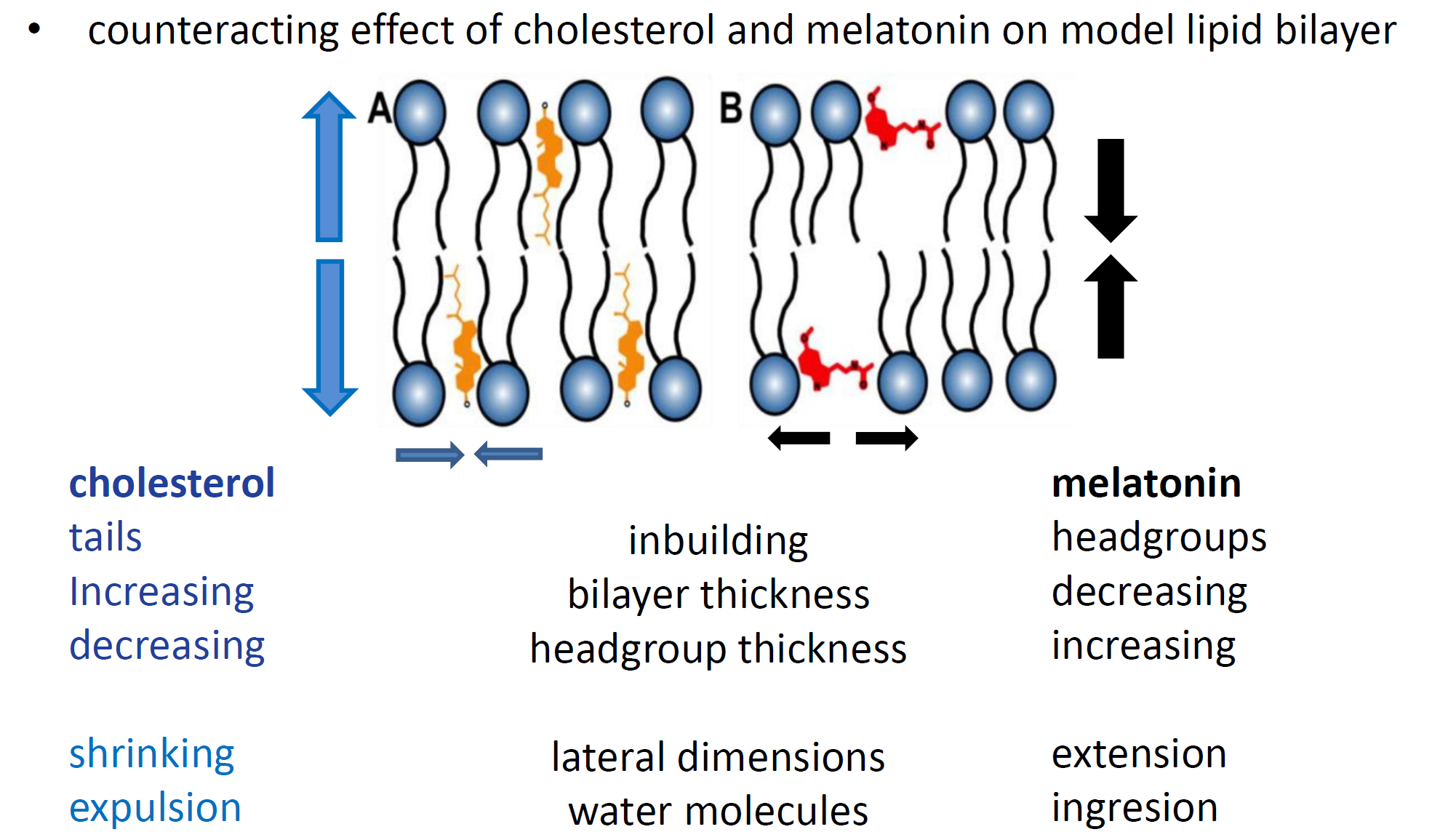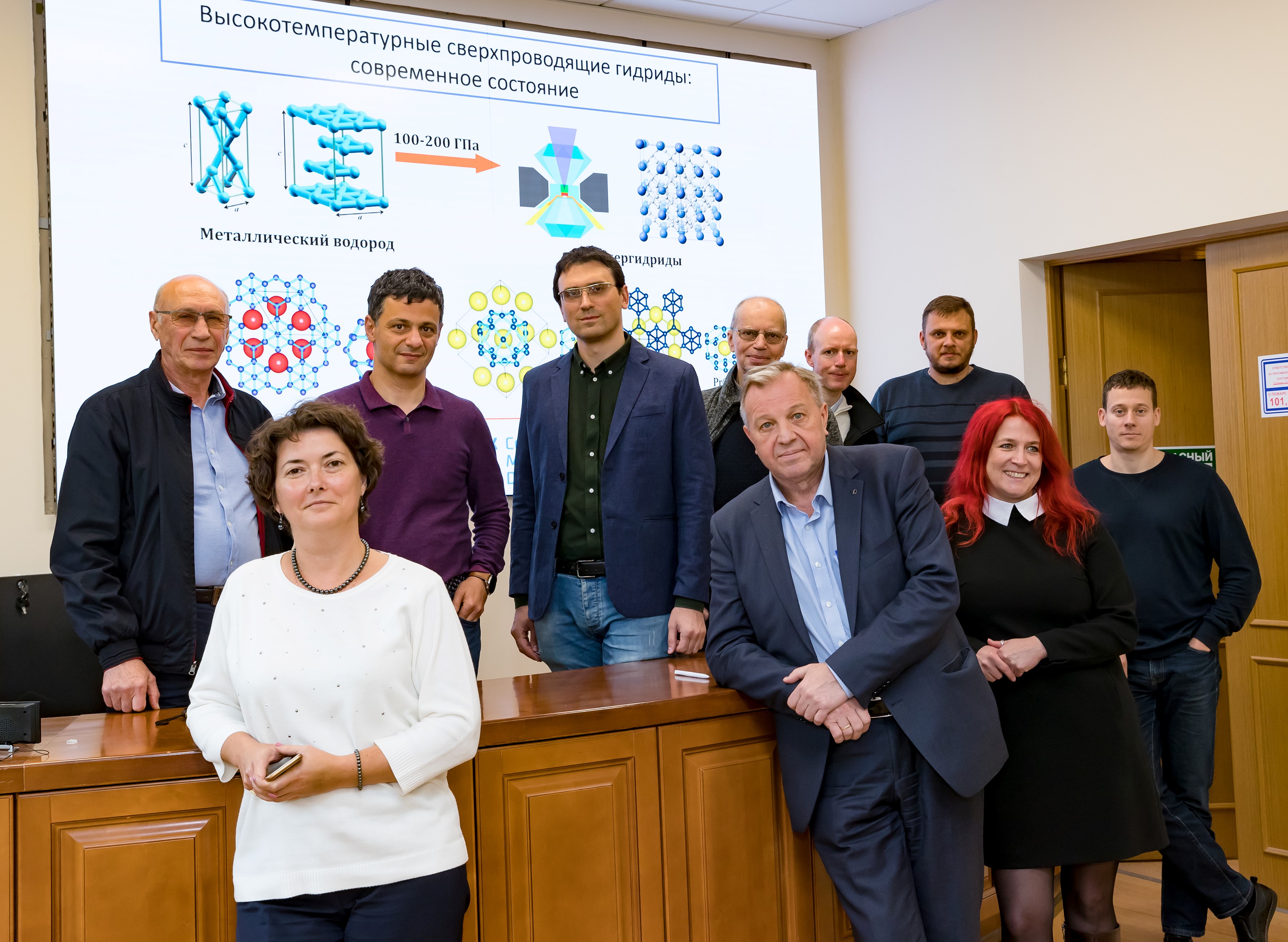Scientists from FLNP JINR in collaboration with their colleagues investigated the structural properties of cell membranes and the interactions occurring in them, which play an important role in the development of such devastating neurodegenerative diseases as Alzheimer's.

On September 21, 2020, Artem Oganov and Dmitry Semenok from the Skolkovo Institute of Science and Technology presented the results of their research at a joint laboratory seminar led by Valery Shvetsov. The reports of the scientists were devoted to a very exciting topic: the possibilities of accurate prediction of the structure and properties of new substances and the latest advances in this field, in particular, the synthesis and properties of superconducting hydrides discovered in recent years. A separate agenda of the seminar was the discussion of joint investigations in this area using the FLNP instrumentation base and neutron scattering methods.
FLNP scientists within the joint research team are employing neutron scattering techniques to study the structure of wound dressings based on bacterial cellulose and gain an insight into the structural changes that occur during cellulose degradation by enzymes. Their findings can help to develop biodegradable dressings with the desired properties for the treatment of burns and other skin lesions.
 |
 |
Scientists from JINR (Dubna, Russia), in collaboration with their colleagues from the Institute of Electronics of the Bulgarian Academy of Sciences (Sofia, Bulgaria) use neutron diffraction methods to evaluate how methods of reconstitution of surveillance specimens change their properties and microstructure. These studies make an important contribution to the surveillance specimen program, which provides monitoring of irradiation-induced changes in reactor pressure vessel (RPV) material properties and enables safety assessment and residual lifetime evaluation of nuclear reactors.
 |
 |
Page 2 of 2



